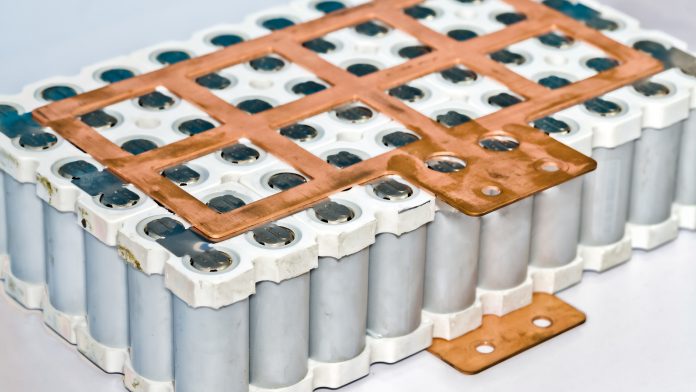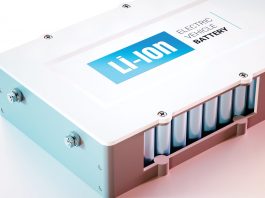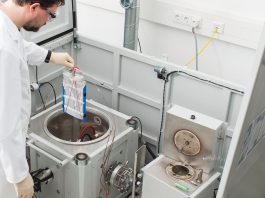Researchers at Korea Maritime and Ocean University set out to find a suitable non-graphite anode material for sodium-ion batteries.
Rechargeable batteries like lithium-ion batteries are seeing a surge in demand as electric vehicles become increasingly popular. However, lithium is costly, which has driven scientists to search for other materials. Sodium-ion batteries are a more sustainable alternative but are thermodynamically unstable with graphite — a common anode material. Now, researchers from Korea Maritime and Ocean University have developed a ‘heteroatom-doped’ carbon-based anode that helps sodium-ion batteries to surpass the performance of lithium-ion batteries.
The research team have replaced lithium-ion with sodium-ion because they are electrochemically similar and the higher abundance of sodium allows for cheaper production. Currently, the standard anode material in sodium-based batteries, graphite, is incompatible with sodium, leading to lower “reversible capacity” (a measure of its storage) and poor performance.
In this new study, published in the Journal of Power Sources, researchers set out to find a suitable non-graphite anode material for sodium-based batteries. Dr Jun Kang, the lead scientist, said: “Because sodium-ion batteries have low performance—only 1/10th the capacity of a lithium-ion battery—it is crucial to find an efficient anode that retains graphite’s low cost and stability.”
Overcoming the limitations of carbon anodes
The scientists created a hierarchical porous structure to promote rapid Na+ transport from the bulk zone of the electrolyte to the interface of the active material. The team were able to retain large specific surface areas where Na+ migrates to the interface, which can be easily accessed in the active material.
The researchers then preserved the nanostructures in Na+ and inserted it into the active material from defects and pores which can have short diffusion paths. Due to the extrinsic defects caused by hetero-element doping, the team were able to increase the number of active sites. This has led to the electrochemical performance of the battery being significantly improved, surpassing that of current lithium-ion batteries.
Considering the advantages of sodium over lithium, these findings have important implications for the engineering of sustainable, inexpensive, high-performance batteries and can take us a step closer to the realisation of an energy-efficient future.









